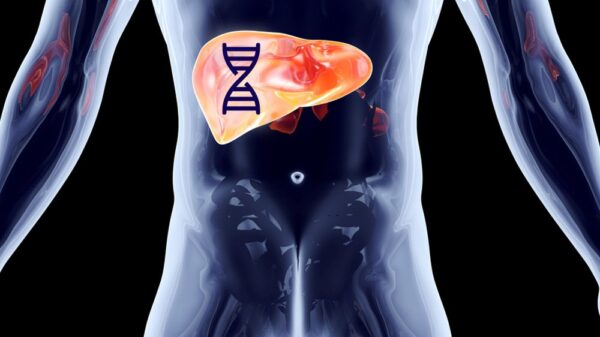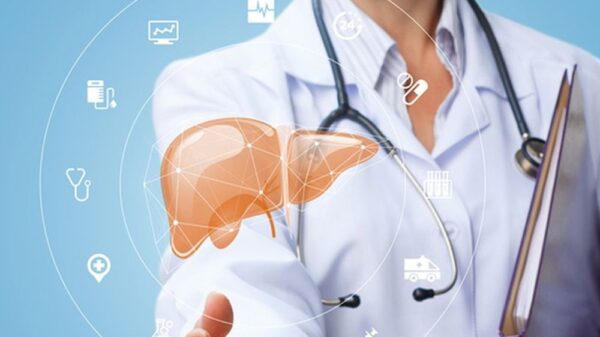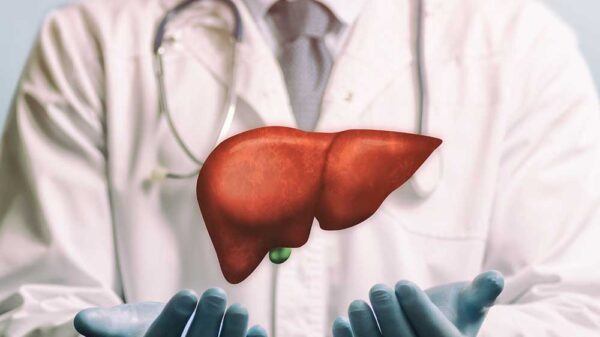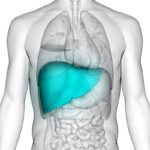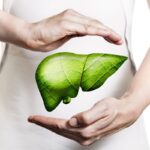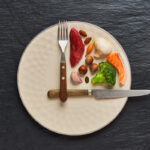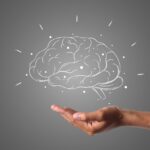Gallstones are a common ailment and are even more common among those with fatty liver disease. If you’re looking for how to get rid of gallstones naturally or how to prevent gallstones, the gallstone diet can help you manage gallstones in the future.
Before we dive into ways to prevent and manage gallstones, let’s first take a look at the function of the gallbladder.
What Does the Gallbladder Do?
The gallbladder is a small, sack-like organ that is responsible for storing bile and is located right under the liver. Bile is a fluid that is essential to facilitating the breakdown of fats. The liver produces bile and channels it into the gallbladder by way of the hepatic duct. Once it reaches the gallbladder, it can be released through the bile duct when needed into the small intestine to aid lipid metabolism.
Bile fluid is green or yellow in color and contains water, salts, bilirubin, and fats like cholesterol. Bilirubin is often measured on blood tests and is an indicator of liver function since it is a metabolic product of red blood cell breakdown.
How Bile Breaks Down Fat
The compounds in bile chemically interact with the fats we eat to break them down into smaller particles that are more easily utilized by the body. The salts in bile play a particularly important role in this process. Bile salts have hydrophobic and hydrophilic parts. Hydrophobic literally means afraid of water and indicates that a particle is neutrally charged, like fat molecules. The term hydrophilic literally means water-loving and indicates that a particle is either positively or negatively charged, like polar water molecules. Hydrophobic particles are attracted to other hydrophobic particles; likewise, hydrophilic particles are attracted to other hydrophilic molecules.
When bile fluid comes in contact with fat, the hydrophobic ends of bile salt are immediately attracted to fat particles. The hydrophobic ends completely surround each fat particle, with hydrophilic ends facing outwards to interact with the surrounding water. When each fat particle is surrounded by bile salts, this allows fats to essentially dissolve in the water, so digestive enzymes can conveniently access them. (1)
What Are Gallstones?
Generally, there are two types of gallstones. One type is formed when cholesterol molecules accumulate and condense to form small stones. The second type of gallstone results when bilirubin becomes concentrated in the gallbladder.
How Gallbladder and Liver Health Are Connected
Research shows that gallstones and nonalcoholic fatty liver disease are connected, and the incidence of one condition raises the likelihood of having the other condition. (2)
Moreover, the progression of gallstones to gallbladder disease may also be an indicator of the severity of liver damage for those with nonalcoholic fatty liver disease. (3)
Most likely, the connection between gallstones and liver health is mediated by the presence of the metabolic syndrome. Metabolic syndrome refers to several conditions, including insulin resistance, obesity, high blood pressure, and high cholesterol.
When the liver is harboring excess fat or is cirrhotic, its functions will be compromised. As a result, bilirubin levels will rise. This is why jaundice is a direct result of liver cirrhosis and disease. When the liver can’t handle bilirubin properly, excess bilirubin accumulates in the blood, which can cause the skin and whites of the eyes to turn yellow. This increases the risk of bilirubin accumulating in the gallbladder and forming stones.
Fatty liver disease is often accompanied by metabolic syndrome. High cholesterol and chronic consumption of fatty foods may contribute to cholesterol collecting in the gallbladder and forming stones.
Symptoms of a Gallbladder Attack and Gallstone Attack
In some cases, gallstones may have no symptoms at all. You may peacefully coexist with gallstones without any problem.
On the other hand, symptomatic gallstones cause may cause a number of highly painful symptoms. If you have symptoms of a gallbladder attack or gallstone attack, seek medical attention right away.
Common symptoms of a gallstone attack include:
- Sharp, aching pain in the upper right quadrant of the abdomen
- Nausea
- Vomiting
- Fever, chills
- Shivering
- Jaundice
- Onset of symptoms occurs soon after ingesting high-fat foods
Complications of Untreated Gallstones
If gallstones are unmanaged, they can lead to the development of gallbladder disease over time. Gallstones may form a blockage and inhibit bile from entering the intestine, which may result in swelling and infection. Over time, the gallbladder will become chronically inflamed, a condition called cholecystitis. This will ultimately lead to the development of scar tissue, and the gallbladder will be unable to execute its normal functions.
How to Get Rid of Gallstones Naturally
If gallstones have already formed, it is nearly impossible for them to dissolve naturally. There are surgical treatments and medications that allow for the removal or dissolution of gallstones. In some cases, gallbladder surgery may be necessary to remove the stones. A cholecystectomy is a type of surgery that removes the entire gallbladder, which may be the best kind of treatment in other cases. Always talk to your doctor about what medical treatments work best for your individual case.
What you can do, however, is prevent the formation of more gallstones, help prevent a gallstone attack, and support your gallbladder in order to prevent gallbladder disease. A balanced diet plays a big role in the diet for gallstones.
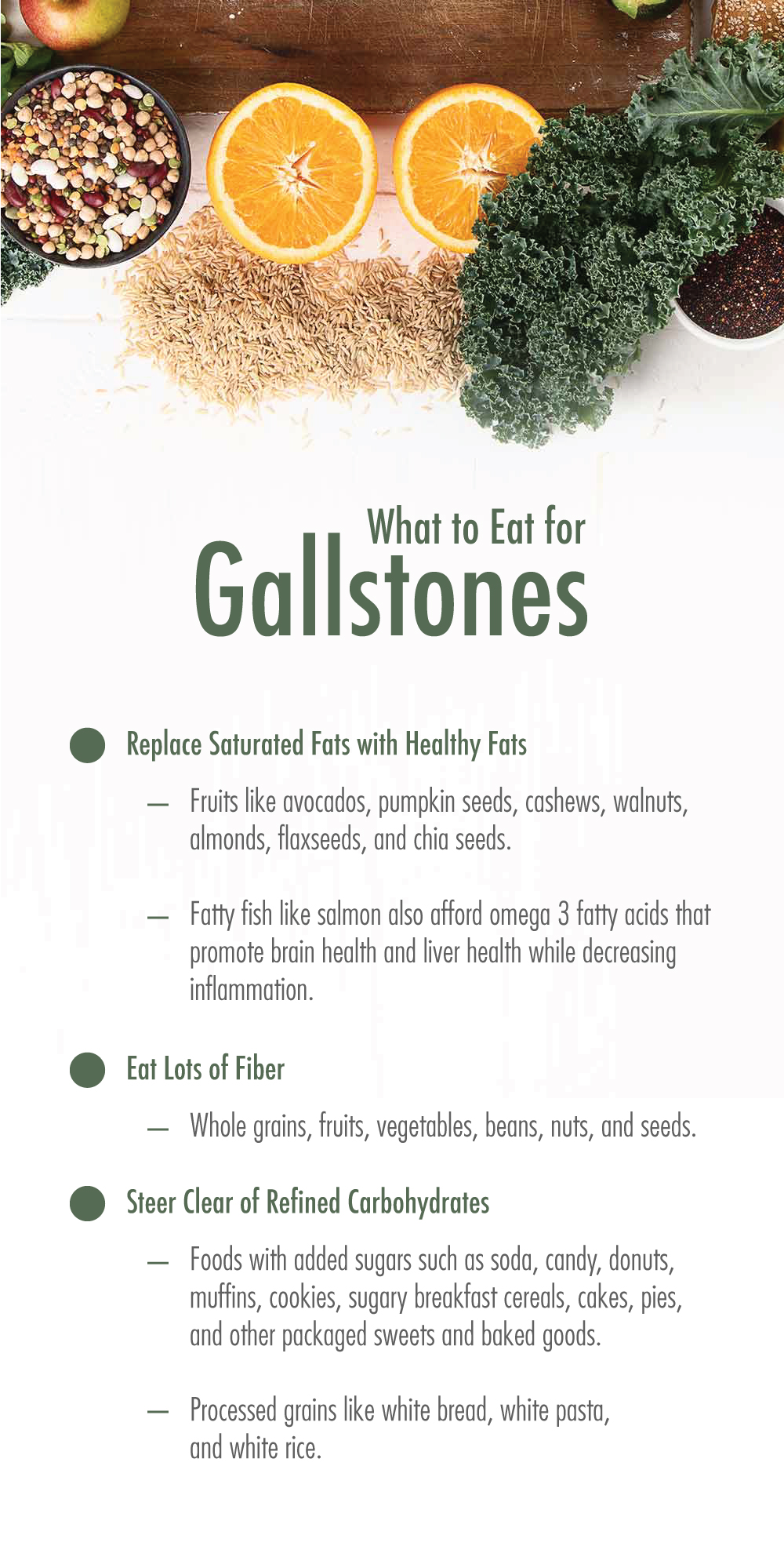
Gallstone Diet: What to Eat for Gallstones
The most important piece of the puzzle when it comes to gallstones and gallbladder health is diet. As with fatty liver disease and metabolic syndrome, you can prevent further gallstones from forming and support gallbladder health through diet.
1. Replace Saturated Fats with Healthy Fats
All fat found in foods must be processed by the gallbladder. So, it’s critical that the types of fat you consume are the healthier ones. Saturated fats found in animal products place excess stress on the gallbladder, and the more saturated fat you consume, the harder your gallbladder has to work. Foods high in saturated fat include red meat, pork, bacon, eggs, butter, and other full-fat dairy products like cheese, yogurt, whole milk, and ice cream. These fats are not only difficult for your body to metabolize but also increase your dietary intake of cholesterol. In addition to increasing the risk of gallstones, foods high in saturated fat contribute to metabolic syndrome, fatty liver disease, and cardiovascular disease. Another fat to look out for is trans fats, which can be found in fast food and fried foods.
Replace these harmful fats with healthy fats like polyunsaturated and monounsaturated fats found in plant products. Examples of excellent sources of healthy fats include avocados, pumpkin seeds, cashews, walnuts, almonds, flaxseeds, and chia seeds. Fatty fish like salmon also afford omega 3 fatty acids that promote brain health and liver health while decreasing inflammation.
If you have a history of gallstones, it may be tempting to avoid fat altogether and stick to a low-fat diet. But this actually could be counterproductive; it’s important to eat sufficient amounts of healthy fats in order to stimulate the gallbladder to release the stored bile.
Keep in mind, however, that consuming lean meats and low-fat dairy products in moderation is still a good idea. These products provide complete proteins and an ideal profile of essential amino acids to fuel your body’s function and facilitate repair.
2. Eat Lots of Fiber
Fiber facilitates healthy digestion and is an important part of a diet that supports gallbladder health. Fiber is found primarily in plant-based foods and catalyzes the digestive process, meaning the organs involved in digestion don’t need to work quite as hard to get the job done. Excellent sources of fiber include whole grains, fruits, vegetables, beans, nuts, and seeds. Animal products like meat and cheese contain very little or nearly no fiber.
3. Steer Clear of Refined Carbohydrates
Refined carbohydrates are detrimental to your metabolic health and directly contribute to weight gain, insulin resistance, fatty liver disease, and gallstones. In order to lower your risk of gallstones, it’s important to avoid associated conditions like high blood sugar, insulin resistance, and diabetes.
So, what are refined carbohydrates? Refined carbohydrates are carbs that your body treats like sugar. Any foods with added sugars are categorized as refined carbohydrates. These include soda, candy, donuts, muffins, cookies, sugary breakfast cereals, cakes, pies, and other packaged sweets and baked goods. In addition to sugary foods, processed grains are also refined carbohydrates. Industrial processes remove the nutritious, chewy part of grains to produce a refined version void of nutrients. These unhealthy versions of whole grains are referred to as white bread, white pasta, and white rice.
Interestingly, the body is unable to distinguish between white bread and sugar from a soda. The digestive system processes the carbs in white bread so quickly that the bread becomes glucose. Regardless of whether you eat white bread or a soda, your body immediately produces glucose, which makes its way to the bloodstream. The influx of glucose into the bloodstream spikes your blood sugar, causing a surge of energy followed by a crash.
To help manage gallstones, avoiding refined carbohydrates altogether is the best idea.
Other Lifestyle Tips for Preventing Gallstones
1. Lose Weight
If you are overweight, weight loss is critical to reversing metabolic syndrome and fatty liver disease, as well as preventing gallstones. In order to evaluate whether your body is at a healthy weight, you can find the range of body mass index (BMI) measurements that are categorized as ideal. Once you’ve set your goal weight, make sure you balance calorie intake with calorie expenditure. In order to lose weight, it’s important to create a calorie deficit, meaning you’re using more energy than you consume. This will trigger your body to utilize its energy stores to fuel activities.
There is one caveat when it comes to losing weight to help prevent gallstones and support gallbladder health; do not go on a crash diet. Studies suggest that losing weight at too rapid of a pace may actually increase your risk of developing gallstones. (4) When you drastically restrict your calorie intake for too long or fast for a prolonged period of time, your body begins to metabolize its fat stores. As your body breaks down fat to utilize for energy, this may contribute to the accumulation of cholesterol in the gallbladder and increase the likelihood of developing more stones.
The healthiest way to lose weight is to consume enough calories to fuel your ideal body size while expending more energy than you consume. Maintaining muscle mass is also crucial for remaining healthy while losing weight. Avoid rapid weight loss; a good rule is to stick to a weight loss rate of about 1 pound per week.
2. Exercise Consistently
In addition to helping prevent gallstones, exercising on a constant basis helps manage associated conditions like metabolic syndrome and fatty liver disease. Aerobic exercise is ideal for supporting cardiovascular health and burning calories. Strength training helps you maintain muscle mass, which supports liver health and speedy metabolism. Adding both forms of working out into your regimen is crucial for harnessing the full benefits of exercise.
3. Drink Lots of Water
Two-thirds of the human body is made of water; essentially, we are mostly water! When you get dehydrated, all the fluids in the body essentially turn into a sludge. Your blood volume decreases, your urine becomes darker, and your bile becomes more concentrated. With insufficient water intake, the elements in bile are brought in closer proximity. As a result, cholesterol and bilirubin become more likely to accumulate and congeal to form gallstones.
Key Takeaways
Gallbladder stones and fatty liver disease are commonly co-occurring conditions. Both conditions are influenced by high cholesterol, obesity, and other conditions that are part of metabolic syndrome. Treating the risk factors that contribute to both gallstones and fatty liver disease can help manage and reverse both conditions.
References:
(1) https://www.ncbi.nlm.nih.gov/pubmed/27347902
(2) https://www.ncbi.nlm.nih.gov/pubmed/29266009

